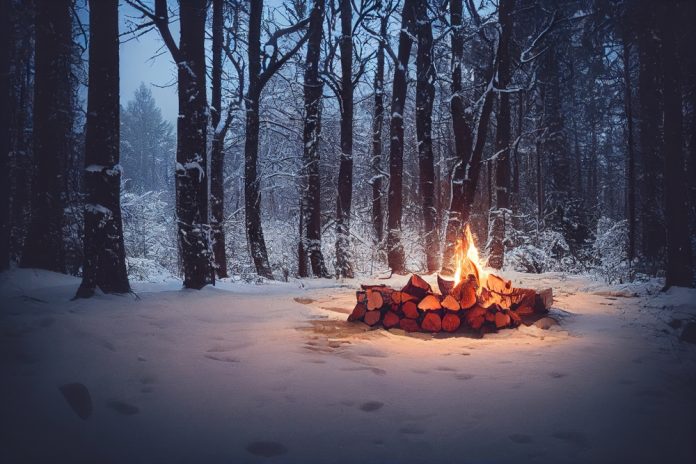Starting a fire in a camping situation is fundamental. It starts with tinder, topped with kindling, small sticks leading to somewhat larger branches, and topped with logs. It sounds easy enough, but there are a variety of weather factors that can complicate even the most basic fire.
Rain is the obvious culprit, resulting in wet wood, and then there’s snow and ice in winter, and the all-season complication of high winds. Fortunately, cultures around the world, confronted with wet, cold, and windy environments, have developed fire structures and concepts that defeat harsh elements and allow for a sustained fire and improved survival in the worst conditions.
Table of Contents
- Starting a Fire with Wet Wood
- Building a Campfire in Winter
- The Norwegian Upside Down Fire
- Managing a Fire on a Windy Day
- The All-Night Fire
- The Canadian Candle
- Harvesting Firewood in Bad Weather
Starting a Fire with Wet Wood

Fire and water don’t mix. Wet wood creates a tough challenge for fire-starting, but there are a couple of simple solutions. One is a fire stick. You carve shavings still attached to the stick to reveal the dry heartwood on the wet stick.
Another good idea is to simply split the wood.
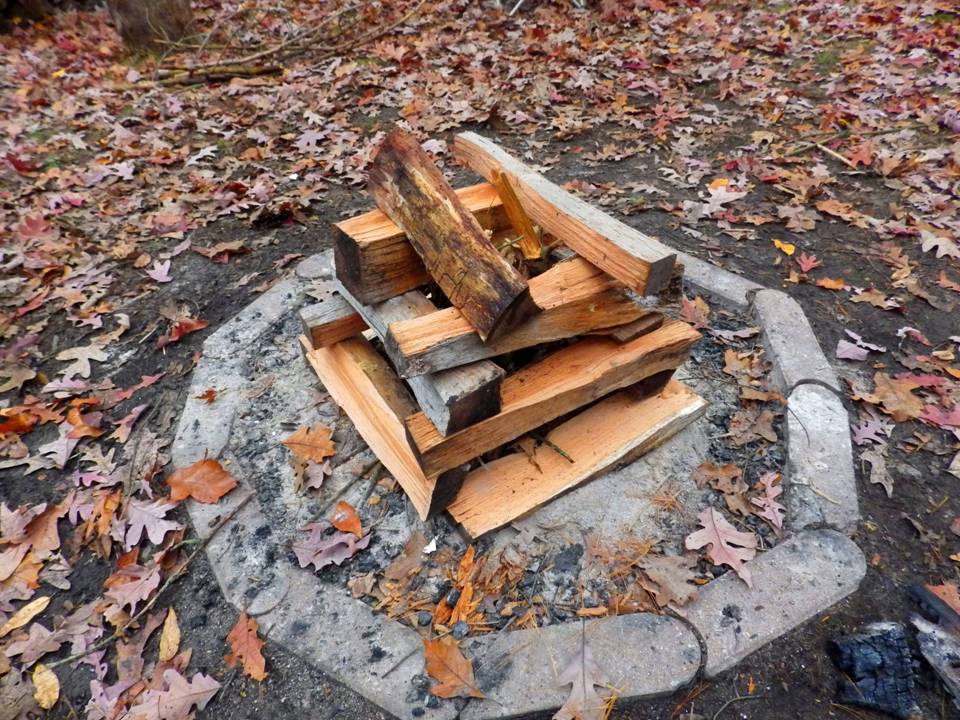
The wood inside will be dry, and you can split any size branch or log to reveal the dry inner surface. The result will be a robust fire that will quickly evaporate any residual water.
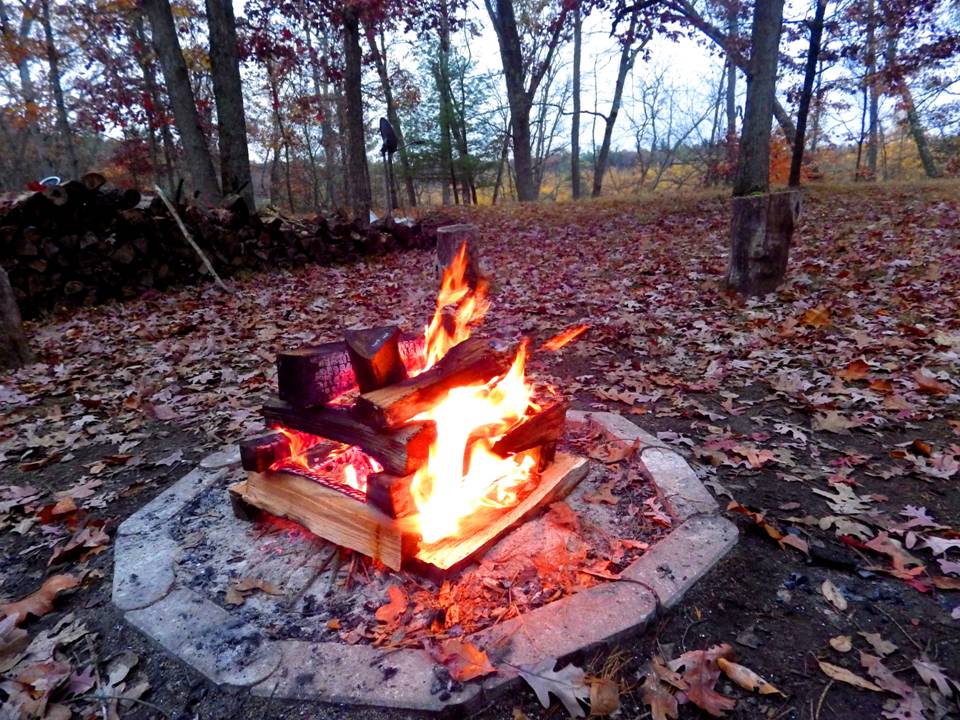
One challenge you may face is an active rainstorm. You’ll need to build a shelter over your fire, either made from branches and bark or even a Mylar blanket, to keep the rain from extinguishing the fire. Build it high, and you may be able to keep enough rain off the fire to keep it going.
Another thing to keep in mind is birchbark. Even when wet, birchbark will burn easily when lit. If there are birch trees in the area, gather some bark. The birch logs burn just as well.
Keep Reading: Finding and Purifying Water When Supplies Run Low
Building a Campfire in Winter
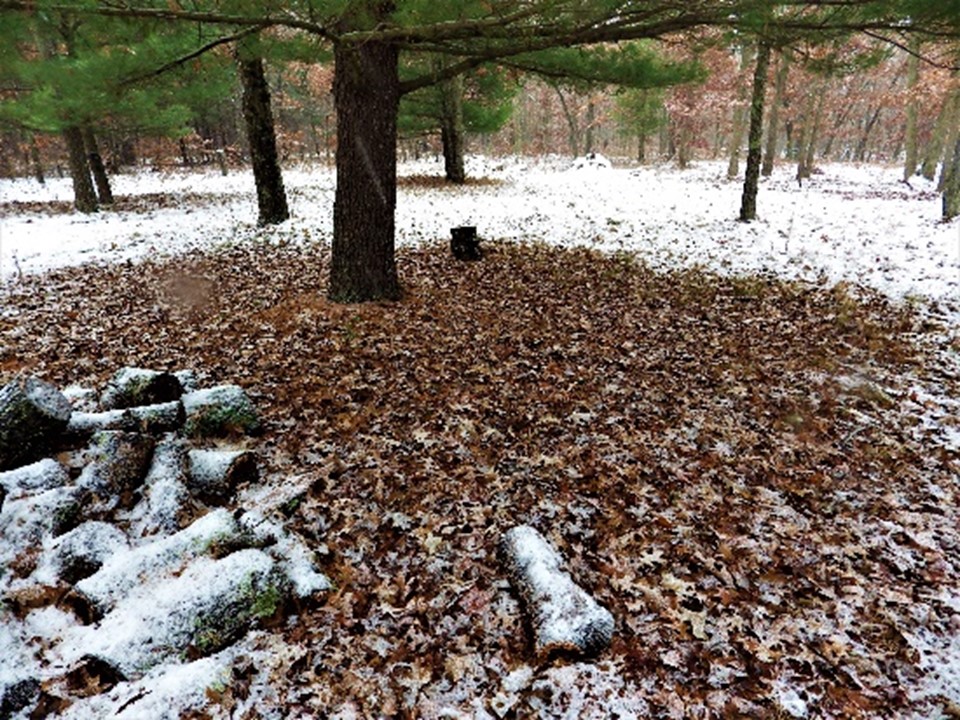
Winter may be the toughest time of year to build a fire, and it’s when you will need one the most. The problem is twofold. The wood on the ground can be covered in snow and ice, and the ground itself under your fire can be snow, ice, and frozen soil. All will conspire against you to diminish and even extinguish your fire as it burns. Fortunately, people in Scandinavian countries found a solution to this challenge long ago.
The Norwegian Upside Down Fire
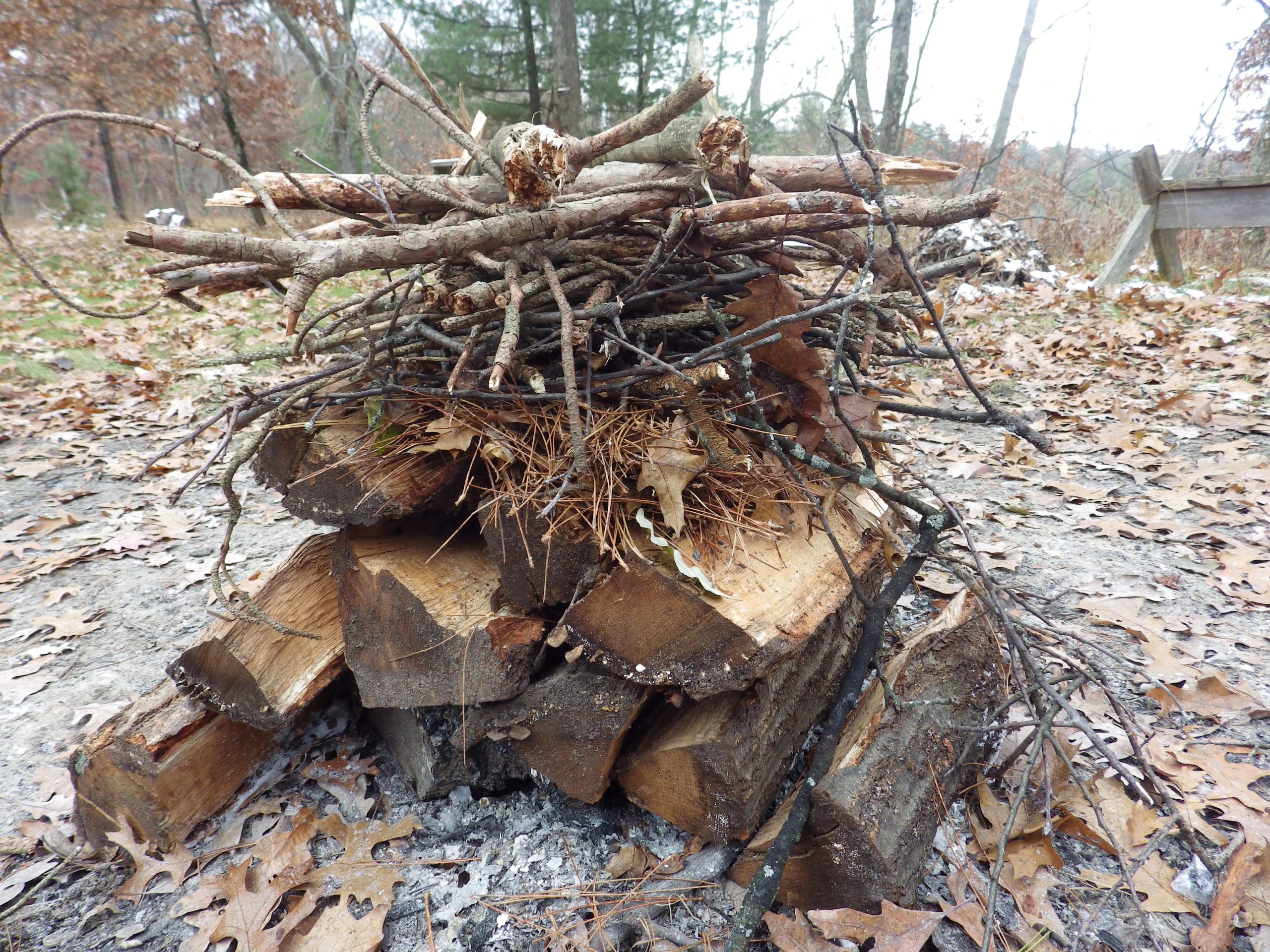
This sounds odd, but once you understand the concept, it makes perfect sense. It’s a fire built upside down with large logs at the bottom, topped with smaller branches, topped with a teepee fire of tinder and kindling. The logs underneath protect the fire from the wet ground, and the fire literally burns down into the larger branches and logs below.
As the fire and hot coals descend, they slowly thaw and dry the ground underneath.
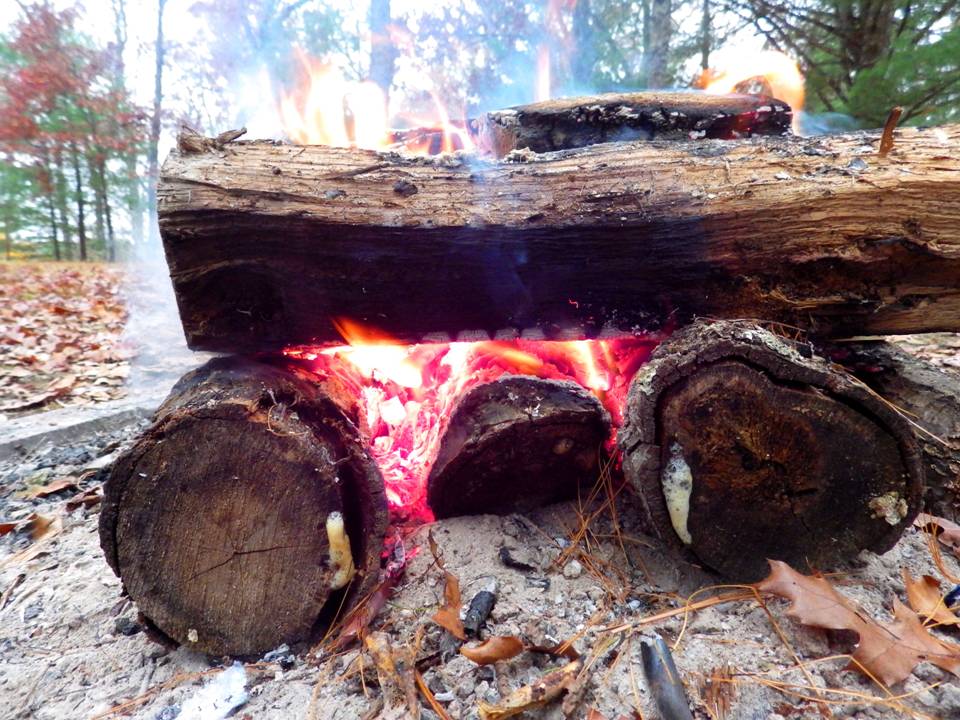
The result is that when your fire finally reaches ground level, the soil is dry and the fire sustained.
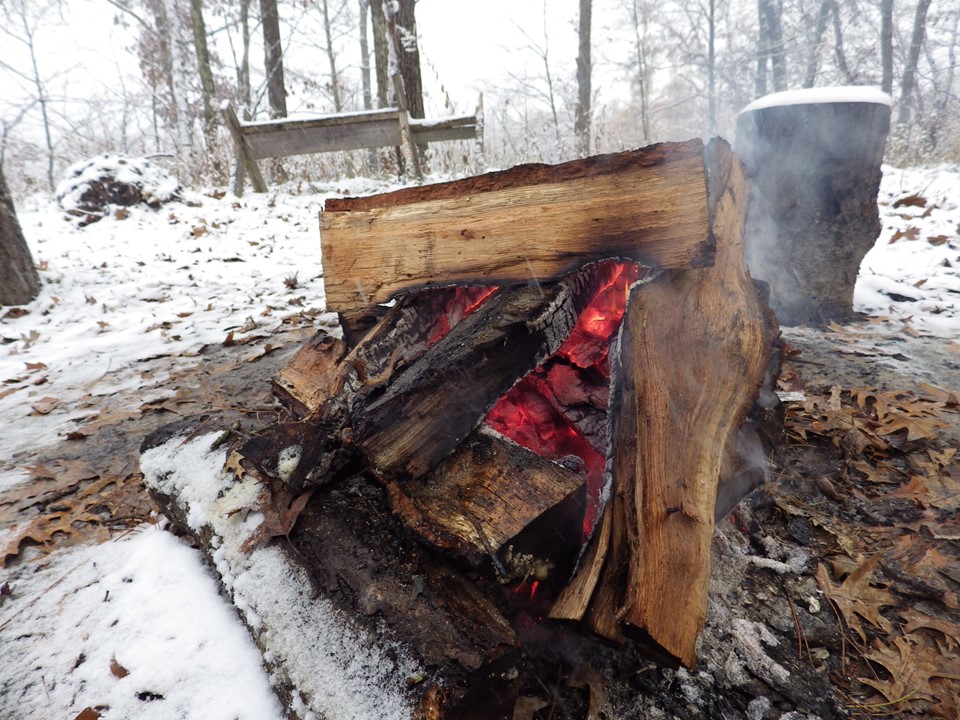
Top the fire with logs once it’s started, and you’re good to go.
Managing a Fire on a Windy Day
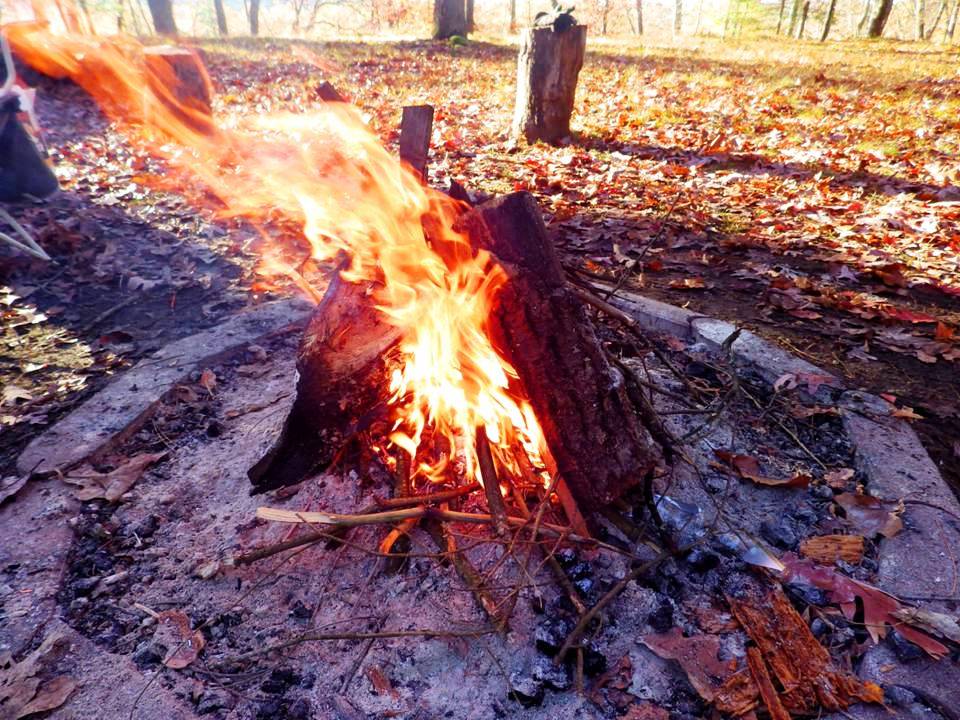
Any fire burns extremely well in the wind. Especially wildfires. The challenge for anyone building a fire in the wild is the risk of starting a wildfire. Wind sends sparks, coals, and ash everywhere, and if the surrounding terrain is dry, your fire may spread in disastrous ways. Curiously, there’s a solution that the U.S. Cavalry first developed in the 1870s.
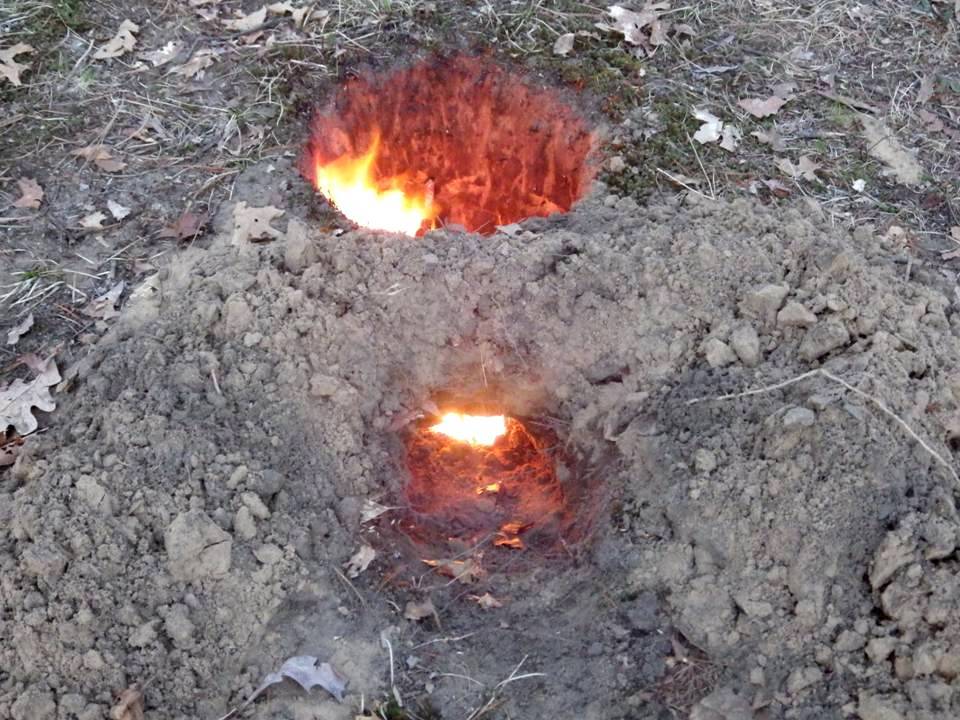
This was a time when the U.S. was actively at war with native tribes. It’s a dark period in American history. In order to build and sustain a fire at night, the Cavalry developed something known as the “Dakota Fire Pit.” It was a fire in the ground with an adjoining channel to the side that fed air to the fire in the hole. It is often referred to as a “stealth” fire. The fire was invisible at a distance, but it had a side benefit.
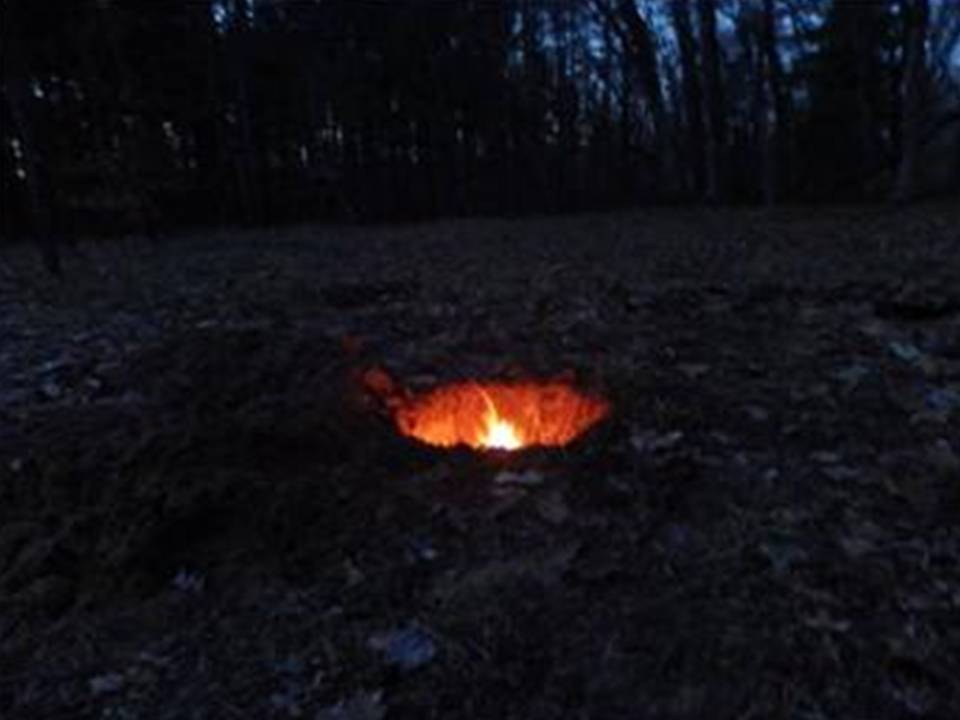
The fire below ground prevented ashes or coals from being spread by the wind. The great plains were often covered in miles of tall and often dry grass, and a rapidly spreading wildfire was never a good idea. The Dakota fire pit burns low and keeps the coals deep. You can still cook over it, and it provides warmth, but it is not as exposed to the wind.
Keep Reading: Building the Perfect Overland Emergency Kit
The All-Night Fire
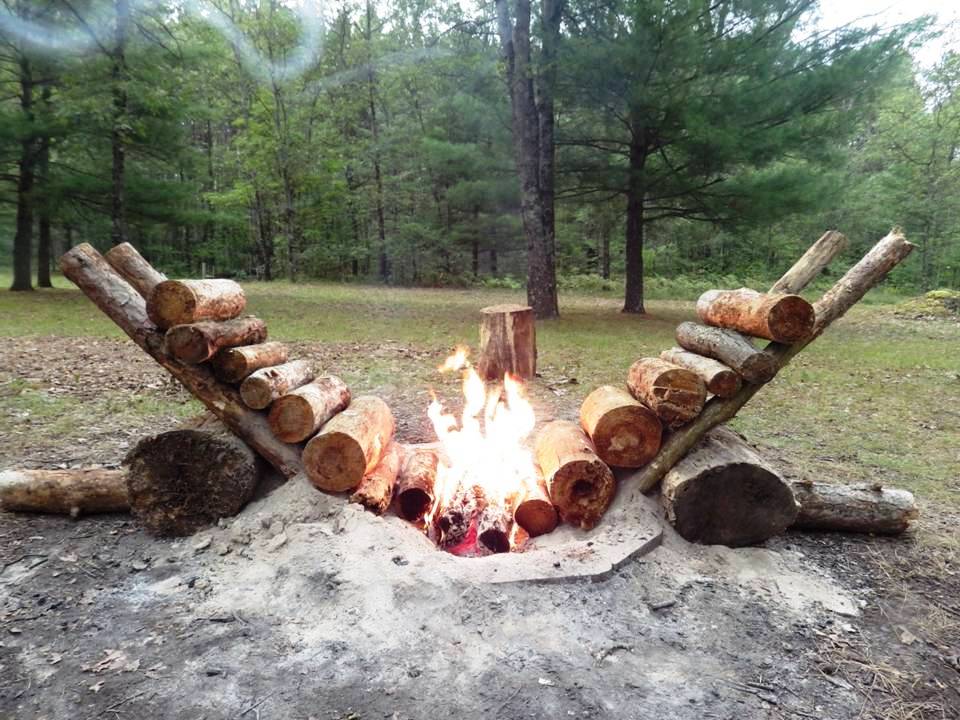
Anyone who has spent any time in a lean-to in winter knows how welcome a fire in front of the lean-to can be. Until you have to wake up at 2 in the morning to put another log on the fire, or worse, restart the fire. There’s a solution, but it’s a bit ambitious. It’s called a self-feeding fire.
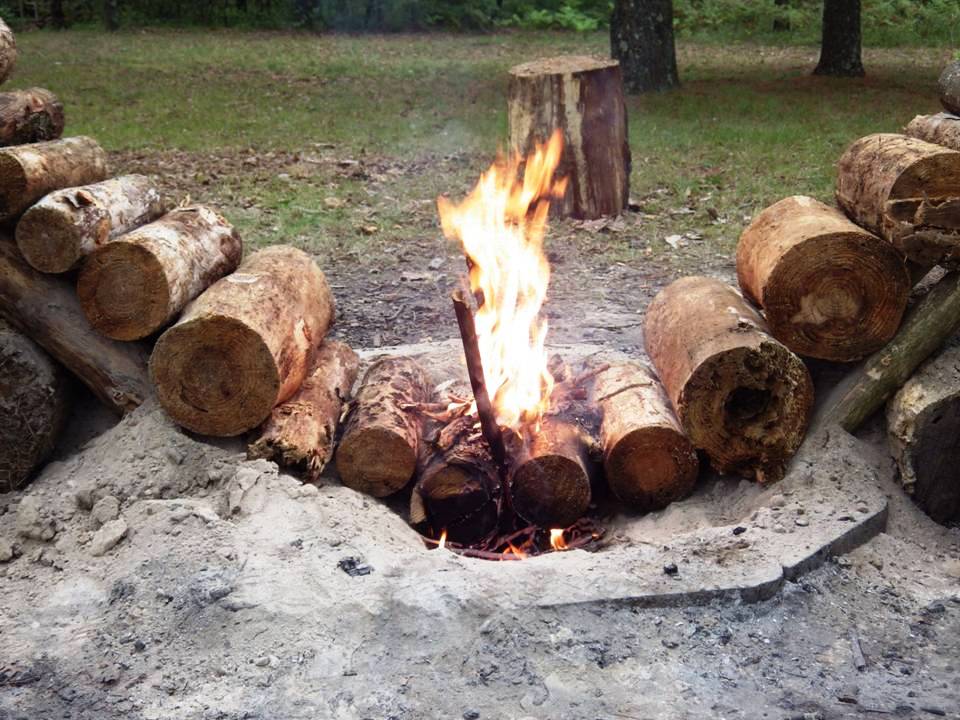
It’s essentially two ramps made from logs leading down to a fire pit where logs are stacked and roll down the ramp to feed the fire as the logs burn.
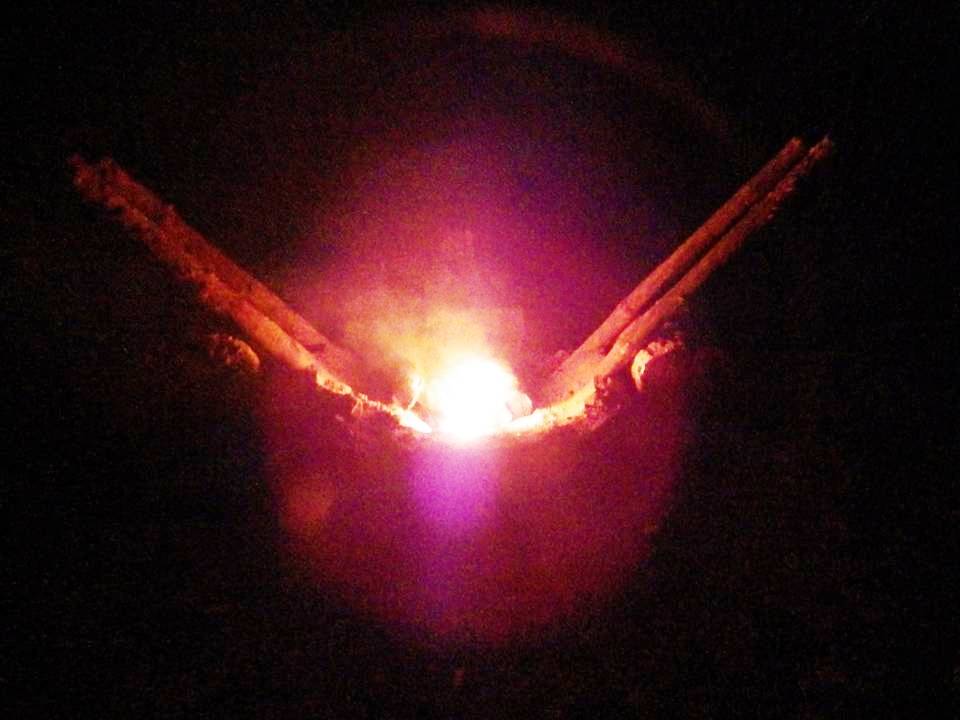
The fire will burn all night and into the next day, and refueling the fire is as simple as stacking some more logs on the ramp.
The Canadian Candle
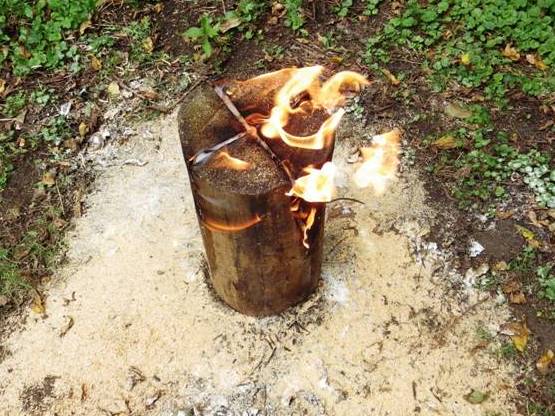
This is a surprising fire design for the simple reason that it actually works. It’s nothing more than a stump stood on end with grooves cut in the top. You can stand it up in the snow, the mud, even in a puddle, and the top of the fire will not only burn long and hot, but you can easily cook on the flat top of the stump.
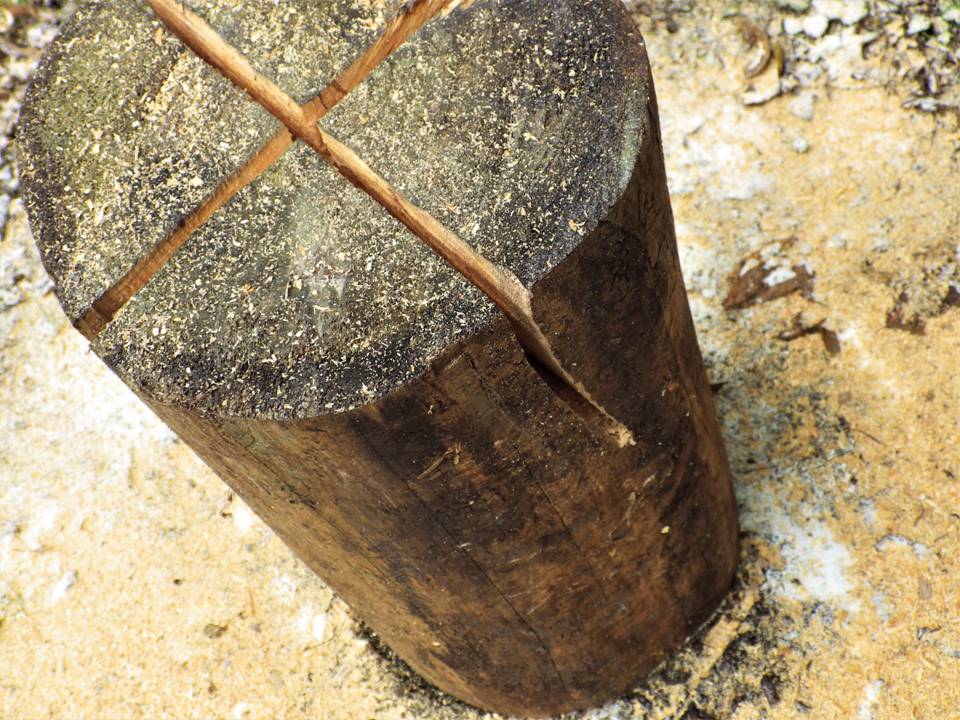
You start by cutting 2 or 3 grooves in the top of the stump about 4 inches down. You then start a fire on top, and as the coals fall into the cracks, the walls in the grooves reflect the heat and ignite the stump.
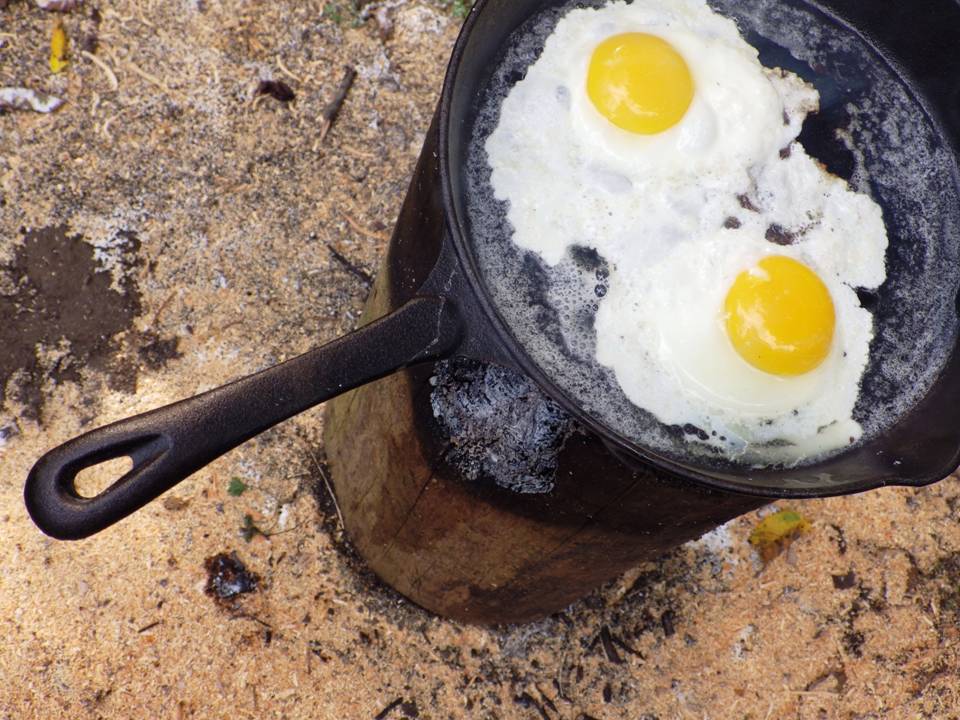
It gives off a lot of heat, burns for hours, and does not send a lot of coals or sparks into the wind. You can even set a frying pan on top for cooking.
Keep Reading: Emergency Signaling: How to Get Found Fast When It Counts
Harvesting Firewood in Bad Weather
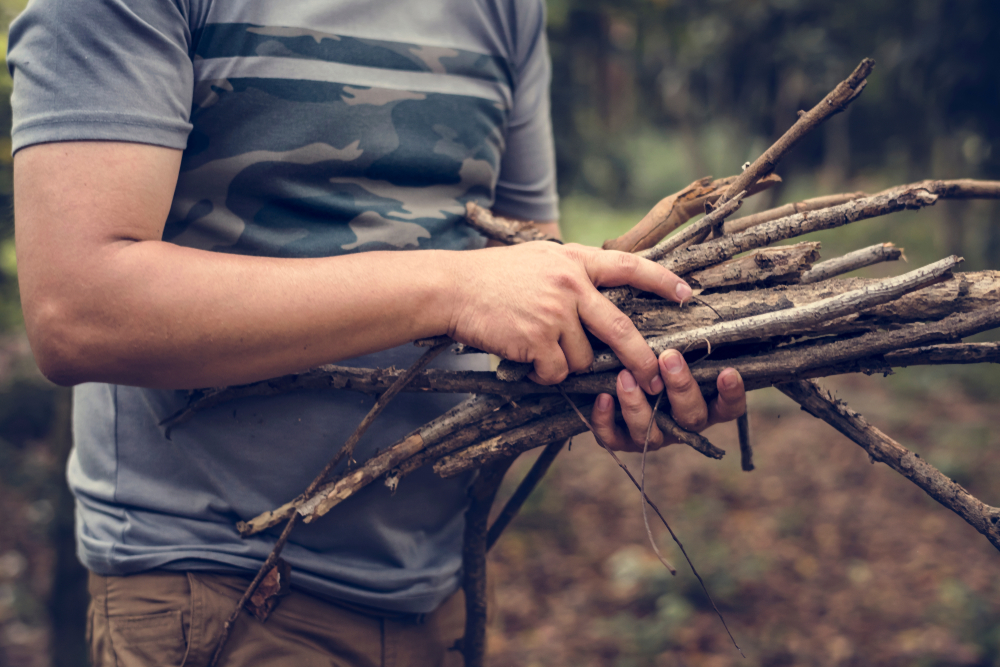
Photo by Rawpixel.com via Shutterstock
The snow is deep, the ground is wet, and the wood won’t light. At times like that -go high. Reach up into those dead and low hanging branches. They most likely won’t be covered in snow and not as wet as anything you pick up off the ground.
You may even see a dead tree that you can actually push down and either bust into pieces or saw. Either way, you’re finding at least “dryer” wood.
As far as winter or rainy day tinder or kindling is concerned, look for those small and dry twigs, birch bark, or even the fibrous bark under the outer bark layers. When all else fails, you can always cut off a bit of a T-shirt or the top of a sock to create a tinder nest to get that fire started and sustain it with all the ways we’ve shared.
Hero photo by Dieter Holstein via Shutterstock




